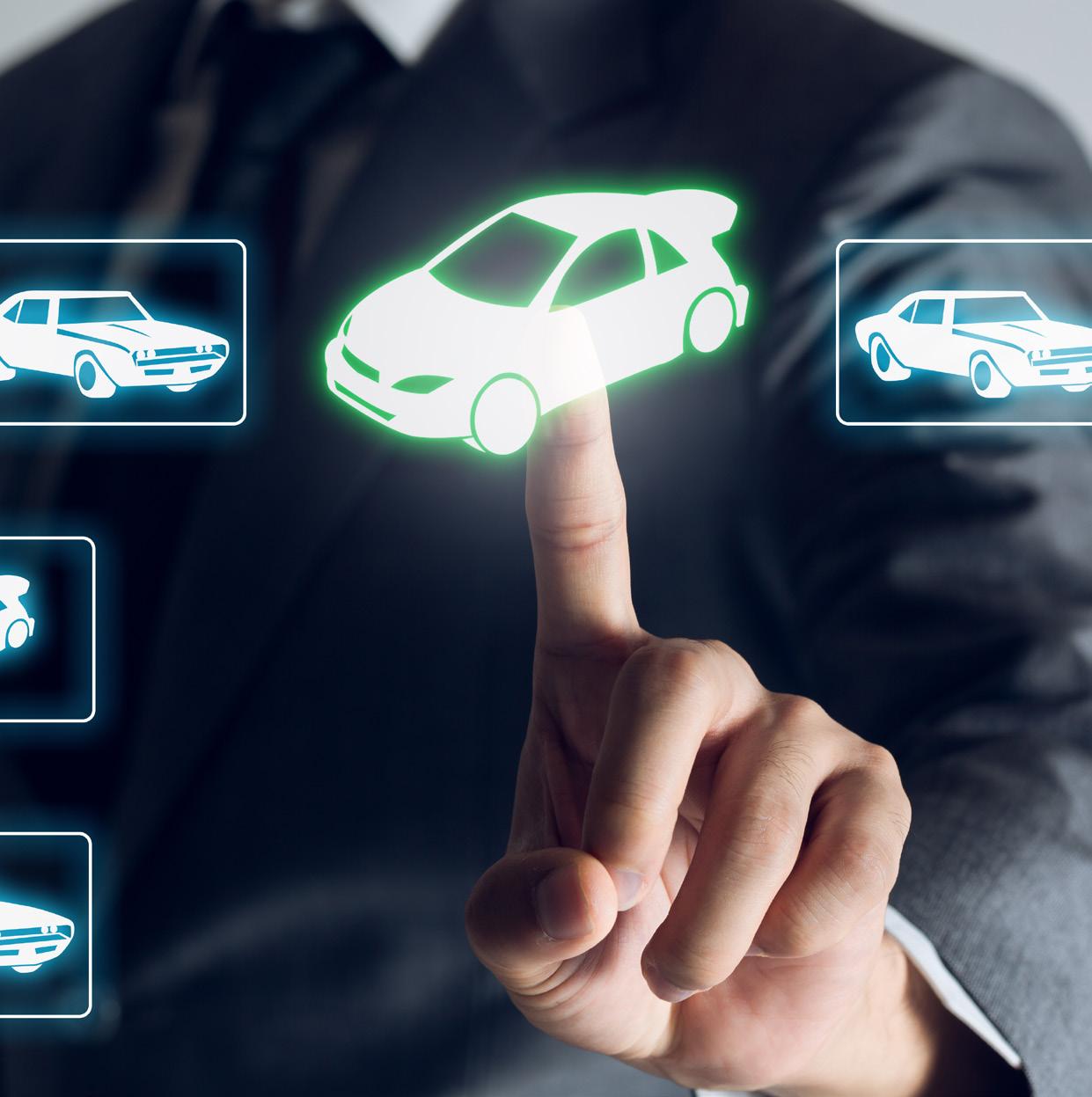
4 minute read
THIS CHANGES EVERYTHING
This Changes Everything By Paul A. Eisenstein
Even before the viral outbreak reached American shores, the industry was entering a period of rapid transformation, with “more change in the next five years than we’ve seen in the last 50,” as GM CEO Mary Barra is fond of saying. But it was almost as if “you needed the pandemic” to get the industry to accept that old norms needed to be abandoned, adds Dave Zuchowski, former CEO of Hyundai Motor America and now a retail strategist.
It’s difficult to find any aspect of the industry that won’t be transformed over the course of the coming decade. But here are some of the most significant changes where the pandemic is playing a major role.
POST-PANDEMIC, THE AUTO INDUSTRY WILL NEVER BE THE SAME
COUNTERMEASURES TO BE INCREASED TO BOOST PRODUCTIVITY IN POST-COVID FACTORIES
Automakers have put in place elaborate protocols to keep COVID-19 from spreading across factory floors. At least some of those changes will become permanent, manufacturing experts anticipate. While the immediate concern is COVID-19, social distancing, staggered start times and other protocols could have longer-term health benefits, especially in cold and flu seasons.
These restrictions have reduced productivity, in many cases, however. So, expect to see automakers and suppliers take countermeasures, among other things implementing greater automation. We may also see the use of entirely new technologies, such as additive manufacturing, also known as 3D printing. The potential downside could be a long-term reduction in employment – especially with the upcoming shift from gas and diesel to electric vehicles. With fewer moving parts, EVs already were expected to have a significant impact on industry jobs.
HYBRID SALES MODELS TO MEET DISPARATE CONSUMER PREFERENCES
One reason car sales rebounded so quickly by year’s end in 2020 was the shift to online retailing which took hold “three to five years faster than I expected,” says Mark LaNeve, the recently retired head of sales, service and marketing at Ford.
Volvo recently announced plans to shift sales entirely online, and many manufacturers have now launched new apps that allow buyers to handle everything from shopping to trade-ins and finance in a virtual environment. There are still plenty of motorists who want to kick the tires and go for a test drive, so the goal is to “let consumers handle the buying process the way they prefer,” says Anders Gustafsson, the CEO of Volvo Cars North America.
DAVE ZUCHOWSKI
FORMER CHIEF EXECUTIVE OFFICER, HYUNDAI MOTOR AMERICA

DEALER INVENTORIES REDUCED BY HALF TO REFLECT REAL-TIME DEMAND
The shutdown of the North American production network last spring resulted in a significant reduction in dealer inventory as the market began recovering. Initially, automakers raced to catch up but they are beginning to think twice about the old model which meant keeping an average 60 to 65 days of inventory on showroom lots. Going forward, they’ll likely want half that amount, forecasts Zuchowski, with the industry shifting from a classic push to a pull model, everything from manufacturing to marketing and distribution geared to meet real-time consumer demand.
RIDE-SHARING FORECAST MURKY AT BEST AMID OWNERSHIP RESURGENCE
Ironically, one of the biggest changes forecast before the pandemic may not now happen. It was widely expected that many Americans would shift from owning a vehicle to using ride-sharing services. By some estimates, that was set to reduce annual new vehicle sales by the millions.
The pandemic has led folks around the world to rethink how they travel, the latest annual “futurist” study by Ford finding 47% of those surveyed cutting back on the use of taxis and ridesharing – with 52% backing away from mass transit and 45% avoiding carpools. Early industry data suggests that vehicle sales are growing as a result. It’s anyone’s guess whether this trend will continue post-pandemic.
U.S. LIGHT VEHICLE SALES
NORTH AMERICAN CAR AND TRUCK PRODUCTION
200 9
10.4
M
2020
14.6 M
2021 Fo r ecast
15+ M
Source: U.S. Bureau of Economic Analysis
202 0APRIL 2020OCT.
4,840 1.4
M
2021FEB .
1.1 M
Source: Automotive News

CONCLUSION: PANDEMIC’S RIPPLE EFFECT WILL TOUCH ALL AREAS OF INNOVATION
There are plenty of other major changes sweeping through the industry. Sales of electric vehicles are expected to grow rapidly in the coming years, while autonomous and fully driverless vehicles could become commonplace within a decade. Even here, the pandemic is playing a role by encouraging broader transformation in the auto industry. Self-driving vehicles, in particular, could prove a solution for the ride-sharing industry, helping overcome concerns about the risk of being in a vehicle with a stranger.
So, while vaccines, masks and social distancing should soon help us regain some sense of normalcy in our daily lives, the pandemic will lead to many permanent changes in the automotive world. •
Paul A. Eisenstein is publisher and editor-in-chief of automotive news site TheDetroitBureau.com.









